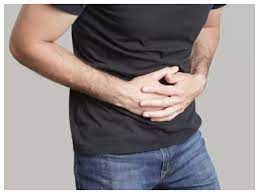Foodborne Illness
What are foodborne diseases and illnesses?
Research has identified over 250 foodborne diseases. The CDC estimates that each year about 48 million people get sick from a foodborne illness, 128,000 are hospitalized, and 3,000 die. The top 5 germs that cause foodborne illnesses in the US are:
- Norovirus
- Salmonella
- Clostridium perfringens
- Campylobacter
- Staphylococcus aureus (Staph)
Additional germs that do not cause many illnesses but can be severe and lead to hospitalization include:
- Clostridium botulinum (botulism)
- Listeria
- Escherichia coli (E. coli)
- Vibrio
Symptoms of Food poisoning
It may take hours or days to develop symptoms after consuming contaminated food. Many times it is not the last thing you ate that made you sick. If symptoms develop, make a list of where you ate, what you ate, and when you ate it. Make sure to drink plenty of fluids to prevent dehydration. Symptoms of food poisoning include:
When should I see a doctor?
You should see your healthcare provider if you experience severe symptoms including:
- Bloody diarrhea
- High fever (temperature over 102°F, measured in your mouth)
- Frequent vomiting that prevents you from keeping liquids down (which can lead to dehydration)
- Signs of dehydration, including little or no urination, a very dry mouth, and throat, or feeling dizzy when standing up
- Diarrhea that lasts more than 3 days



